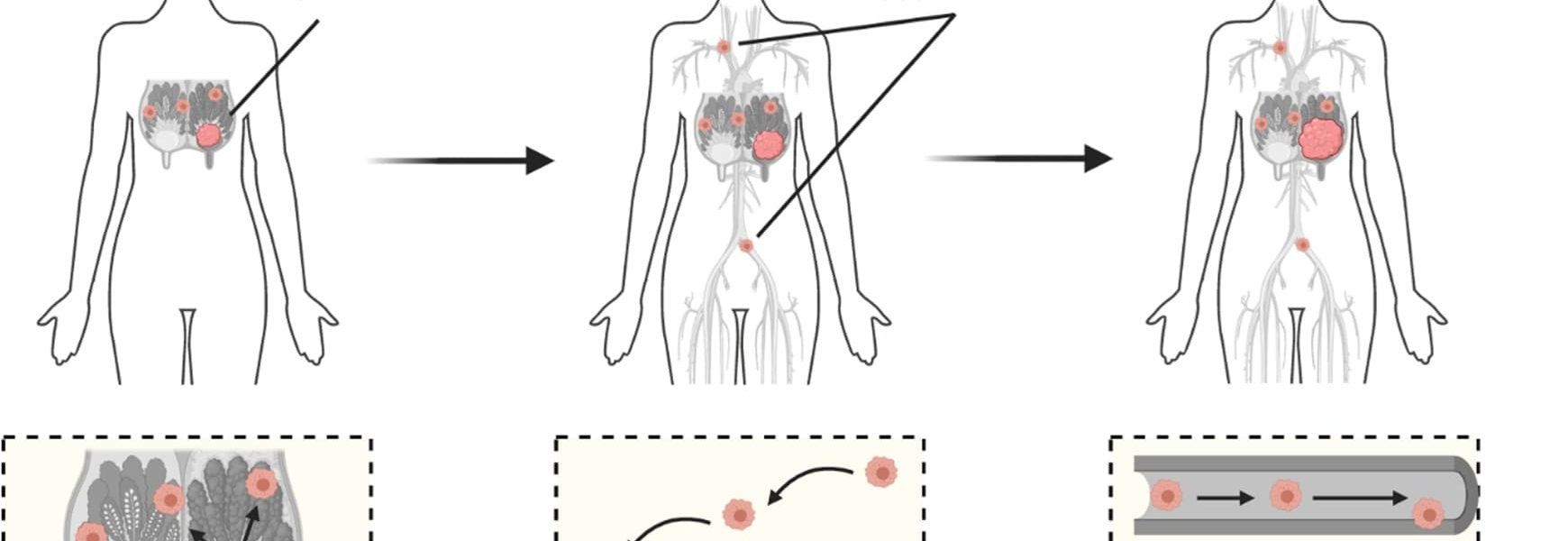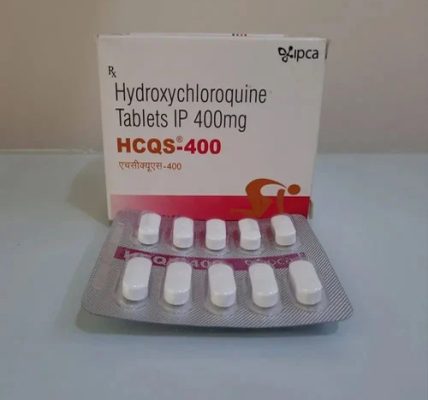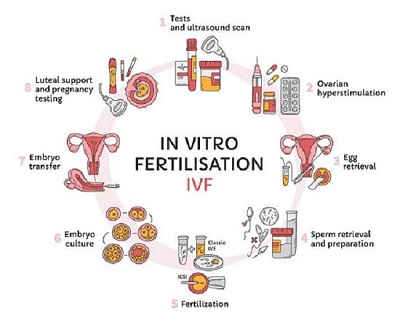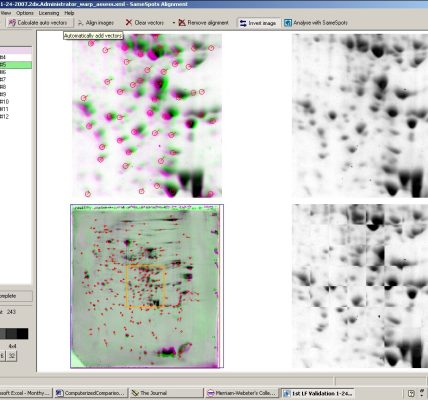The role of Arimidex 1 mg and Aromasin 25 mg in postmenopausal women undergoing cancer treatment
In postmenopausal women, the most frequent subtype of breast cancer is hormone receptor-positive. In these situations, the main factor causing the tumor to develop is the hormone estrogen. Thus, one of the most important tools in the battle against this cancer is decreased estrogen levels. Arimidex 1 mg and Aromasin (25 mg) are two of the best drugs for this particular use. They are both aromatase inhibitors. These drugs are now vital tools in the battle against breast cancer in postmenopausal women due to their significant advantages in both the early and late stages of the disease.
Investigating the Function of Hormone Receptors in Breast Cancer Development:
Breast cancer is referred to be “heterogeneous” due to the presence of several subtypes, or variants, exhibiting distinct traits and behaviors. The presence of estrogen (ER) and/or progesterone (PR) receptors on the surface of the cancer cells characterizes around 70% of instances of breast cancer as hormone receptor-positive. These receptors promote the development and metastasis of cancer cells by binding to the hormones responsible for the disease. Aromatase is the enzyme that converts androgens into estrogen in women who have gone through menopause. This suggests that tissues in the periphery are where most estrogen is produced. As a result, lowering estrogen levels via this enzyme’s inhibition inhibits the growth of the malignancy.
When used orally, 25 mg of aromasin (Exemestane):
For the steroidal aromatase inhibitor aromasin to work, it must bind the aromatase enzyme irreversibly. Because this action makes the enzyme permanently inactive, the synthesis of estrogen reduces drastically. Postmenopausal women who have not responded well to previous therapies or whose cancer has reappeared after tamoxifen therapy are administered aromasin.
It is customary to take 25 mg of aromasin orally once day, ideally just after eating. Adding food to a medication increases its efficiency and its absorption. Aromasin’s potential to treat advanced breast cancer and lower the risk of cancer recurrence in the adjuvant context (after surgery) is one of its most important advantages.
One mg of Arimidex (anastrozole):
One medication that inhibits non-steroidal aromatase is called Arimidex. Unlike Aromasin, it establishes a reversible attachment to the aromatase enzyme, momentarily blocking its function. Notwithstanding this distinction, Arimidex is a very successful medication for reducing estrogen levels. For postmenopausal women with hormone receptor-positive breast cancer, this medication is often used as both an initial treatment and a follow-up after tamoxifen.
Additionally, Arimidex may be taken orally; a single daily dosage of 1 mg is advised, whether or not meals are consumed. Early adjuvant therapy for breast cancer is particularly useful since it lowers the chance of cancer recurrence and boosts overall survival rates. This treatment has various advantageous effects.
Benefits and Effective Use:
Aromasin 25mg and Arimidex both increase the chances of survival for postmenopausal women with hormone receptor-positive breast cancer, according to clinical studies. For instance, the Intergroup Exemestane Study (IES) demonstrated that, after two to three years of tamoxifen medication, switching to Aromasin substantially increased disease-free survival as compared to continuing therapy with tamoxifen. In a similar spirit, the ATAC (Arimidex, Tamoxifen Alone or in Combination) study demonstrated that Arimidex was superior than tamoxifen in preventing cancer recurrence when administered as the first adjuvant treatment.
Limitations and Management Techniques:
Despite their usefulness, aromatase inhibitors have a number of drawbacks. The most common side effects are gastrointestinal problems, weariness, chills, and pain in the muscles and joints. Long-term use of these drugs may also result in a reduction in bone mineral density, which raises the risk of osteoporosis and fractures. Because estrogen is essential for keeping strong bones, the decline in estrogen levels is to blame.
Considering the Future and Possible Research Directions:
The goal of current research is to identify strategies to minimize the negative effects of aromatase inhibitors while increasing their effectiveness. For individuals with metastatic breast cancer, for example, combined treatment may improve results. This is something that researchers are investigating. This class of drugs includes many targeted medicines such as CDK4/6 inhibitors, PI3K inhibitors, and aromatase inhibitors.
Experts are also looking at biomarkers that may indicate which individuals are more likely to benefit from aromatase inhibitors. Then, more individualized treatment plans might be taken into consideration. Furthermore, improvements in our understanding of the molecular mechanisms behind hormone receptor-positive breast cancer have opened the door for the creation of novel therapeutic agents that may supplement or possibly completely replace the aromatase inhibitors now in use.
Instructions and Needs of Patients:
Patients receiving Arimidex pills should have comprehensive treatment programs that include education and assistance. Patients must be informed on the need of taking their medicine precisely as directed, the possibility of side effects, and how to minimize them. In order to overcome the obstacles they face throughout treatment, patients may develop resilience and a feeling of agency with the use of therapy, support groups, and patient education initiatives.
Essential components of the treatment toolbox for hormone receptor-positive breast cancer in postmenopausal women include aromasin 25 mg and arimidex 1 mg. These aromatase inhibitors work by efficiently lowering estrogen levels, which may either completely stop or greatly reduce the growth of cancer and improve patient outcomes. Patients who get the proper management and supportive care may be able to reduce side effects and maximize therapy benefits, even when some drugs are known to have them.
Although the battle against hormone receptor-positive breast cancer is still in its early stages, there is hope for new drugs due to continuous research and clinical developments. Aromasin and Arimidex continue to be vital tools for the time being since they provide postmenopausal women powerful options to control their sickness and restore health and wellbeing. Medication combined with whole-person treatment and lifestyle changes may considerably lessen the effects of breast cancer. This is a positive move toward improved living circumstances for many women throughout the globe.





